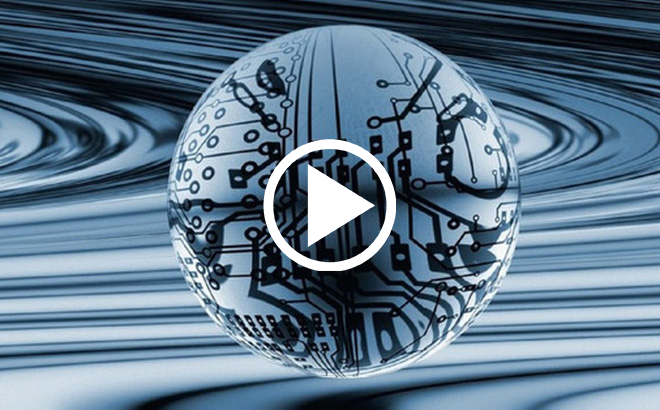The solution to this problem was discovered while the sophomore was doing his homework.
Promises a lot of disruptive potential to change many of the world’s sciences, but one of the biggest problems with quantum computers for decades has been the stability of these systems. But that could be about to change forever thanks to the work of a young University of Sydney student, Pablo Bonilla.
The main components of quantum computers are qubits – the switches (switches) of quantum computers. In essence, it is similar to transistors in today’s computing devices. However, these qubits are particularly sensitive to disturbances from the external environment. Even a small change in temperature, sound, gravity, or an external magnetic field can distort these qubits and the algorithms that run on them.
To improve the stability of quantum computers, scientists created an algorithm called Quantum Error Correction – a quantum error correction algorithm – to identify and correct errors in quantum computers.
In this algorithm, the quantum information stored on a single qubit will be equally distributed over the media qubits – in other words, the information is encoded in a logical quantum bit. This approach has been used for about two decades on quantum computers. Although this algorithm guarantees the integrity of information, it consumes many qubits for information storage. The more noise there is, the more qubits are needed to preserve information. Depending on the nature of the hardware and the type of algorithm, it can take up to 1000 qubits to achieve a single logical qubit.
One of the assignments of Bonilla, a sophomore student at the University of Sydney, was to find ways to improve the efficiency of this algorithm. But it turns out that a problem that has persisted in quantum computers for almost two decades can now be solved with a “simple but brilliant” Bonilla change in the quantum error correction algorithm. After being altered based on Bonilla’s changes, the self-correcting power of quantum computers doubled.
“By reversing half of the quantum switches, or qubits, in my design, we see an efficient doubling of the error rejection,” Bonilla explains.
The discovery of the young student quickly caught the attention of leading researchers in quantum computing. The Quantum Computing Technology Research Center of giant Amazon Web Services as well as Yale and Duke universities are interested in this new discovery.
Yale University’s Quantum Research Program Professor Shruti Puri said, “What amazes me most about this new line of code is its magical sophistication.”
Ben Brown, Bonilla’s instructor and co-author of the Bonilla Study, said he was also surprised by his pupil’s discovery, which has gone unrecognized for two decades. Bonilla’s research is now published in the journal Nature Communications.



